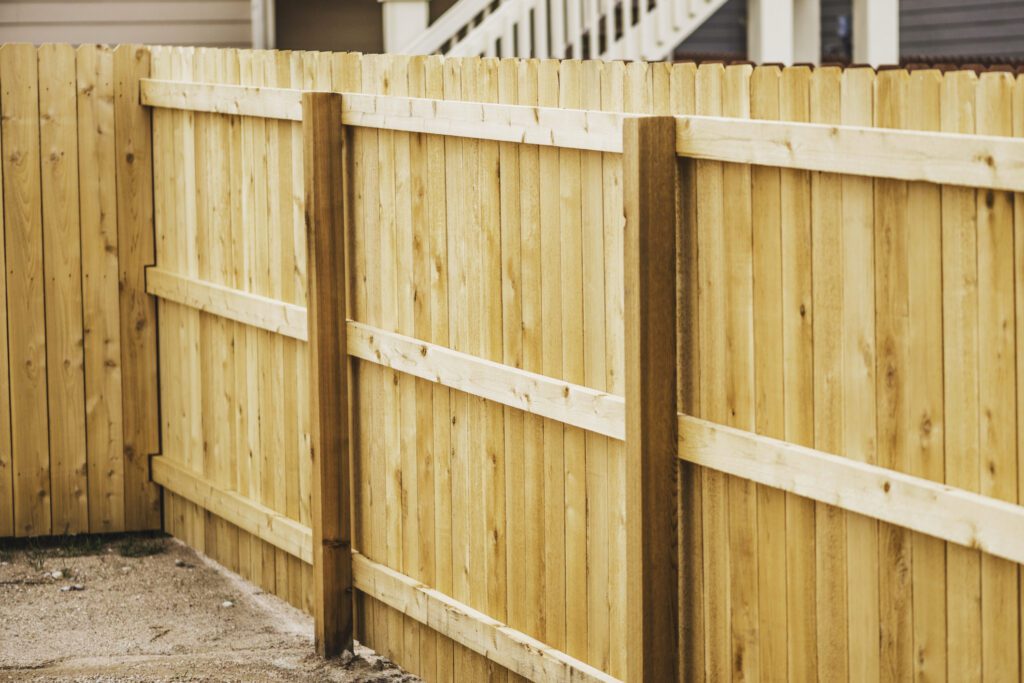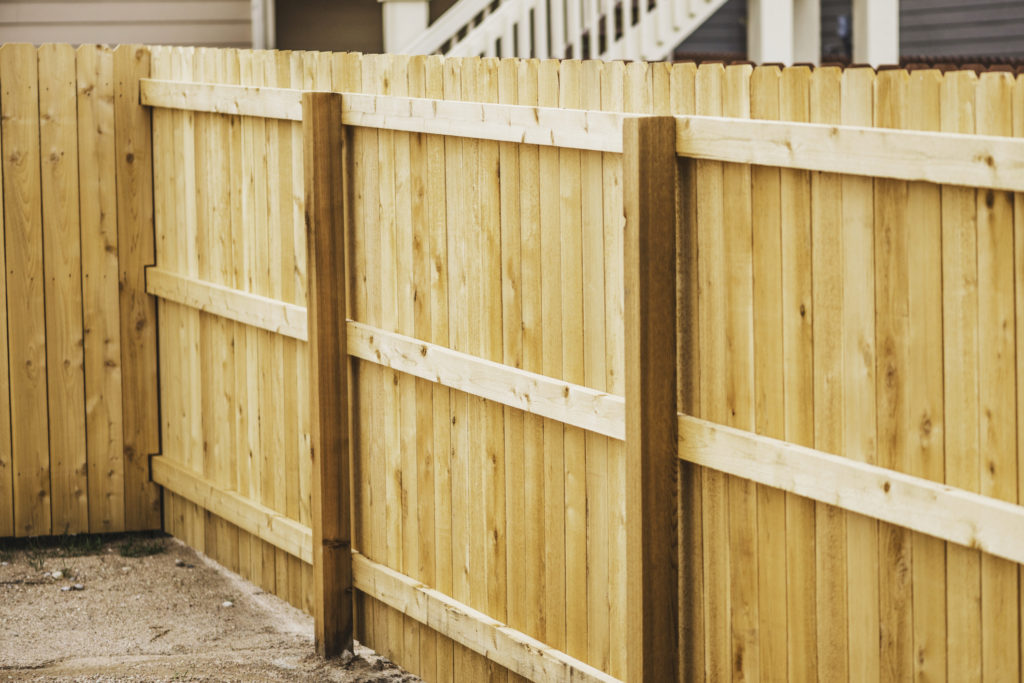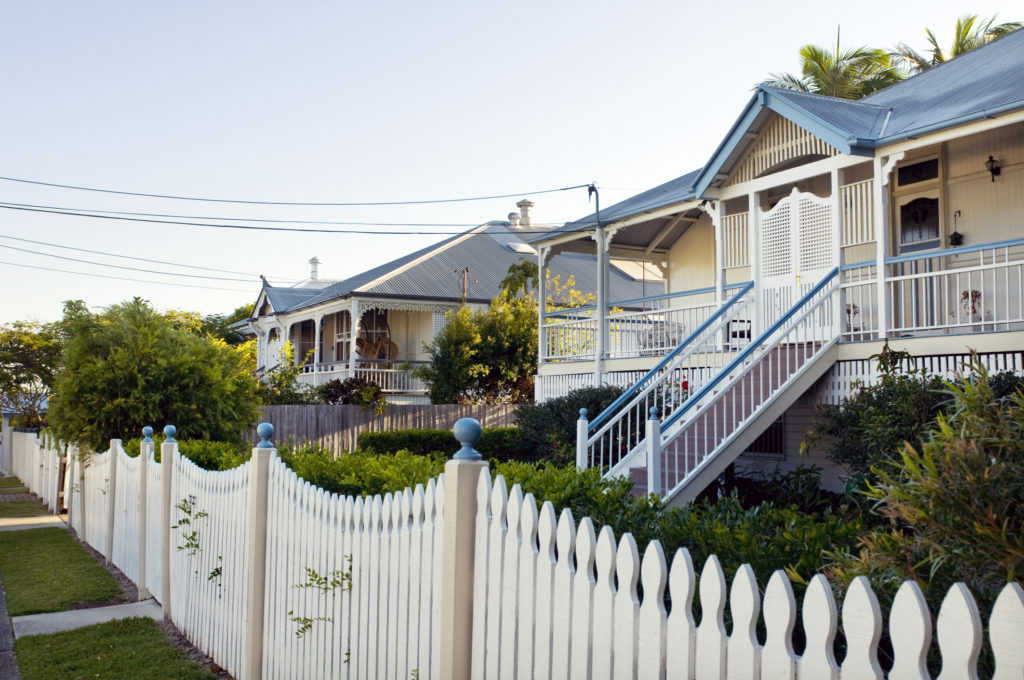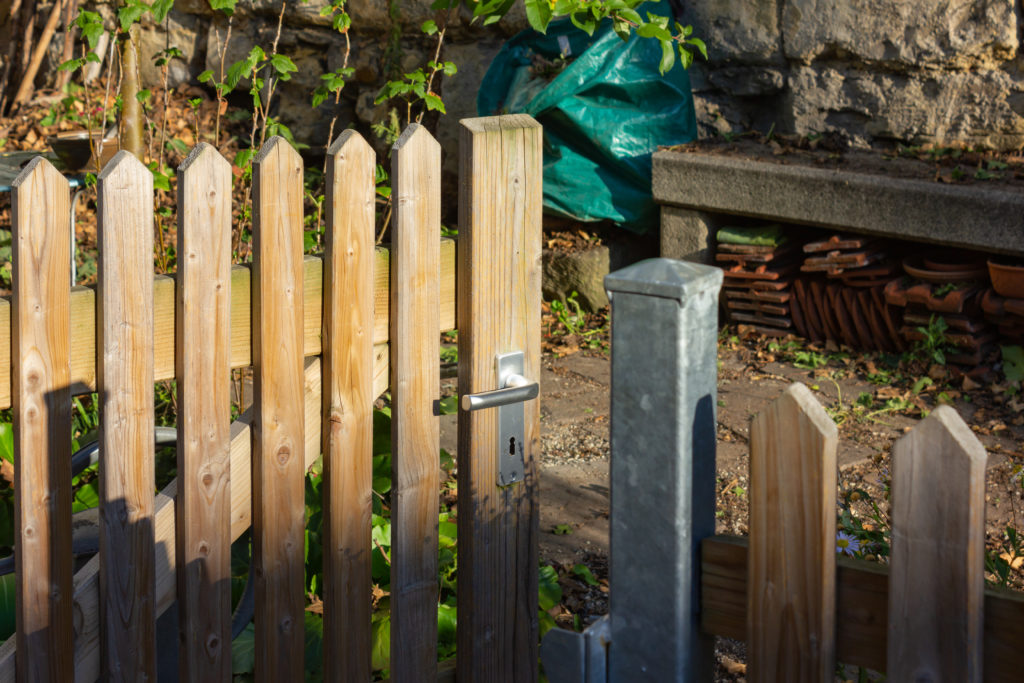
Your How-To Guide For Timber Fencing
With various intricate grains and vibrant earthy colours, timber fences are unique to your own property. From regional towns to inner-city suburbs, Australia is home to a variety of environmental landscapes with varying property types. Whether you’re after a contemporary or rustic style, constructing your ideal timber fence is the finishing visual touch for your beautiful home.
When building a timber fence, we’re the experts to help you overcome even the smallest mistakes to help your fencing project go as smoothly as possible. From planning your project to choosing the right type of fencing timber, our advice will leave you satisfied for decades with your timber fencing.
Contents
Knowing the benefits of your timber fence

Planning your timber fence
Before you start the work, it’s essential to plan your timber project thoroughly. Some of the biggest dilemmas DIY builders encounter are caused by skipping over these important details.
Your personal checklist
Avoid these common mistakes
It’s easy to slip up and forget small yet crucial components for the foundation of your fencing project.

Choose the best materials
For strength and durability, we always recommend hardwood when it comes to timber fencing. Excellent for outdoor use, many indigenous hardwoods provide natural protection against bushfires and termites.
When constructing a timber fence on a budget, we recommend the use of treated softwood pine timber. Lightweight and soft, treated pine is an alternative economical choice and easy to work with.
For more guidance on choosing timber for your project, check out our ultimate guide on decoding timber ratings.
We recommend timber treated with CCA (Chromated Copper Arsenate). CCA treated timber protects your fence against bacteria, fungus and insects while offering some water resistance. Containing chromium, copper and arsenic, it’s unsafe to use CCA treated timber for indoor use or decking. It does, however, create the perfect protection for unpredictable outdoor environments.
What to consider for your fence
What hardware you’ll need

Knowing the benefits of your timber fence
Timber fencing is key in creating the necessary boundaries for your property. Renowned for its versatility and durability, the size and style of your timber fence can be adjusted to suit your home.
Why choose timber fencing?
For more information, read our Guide to DIY Fencing.